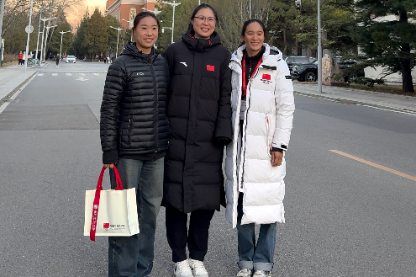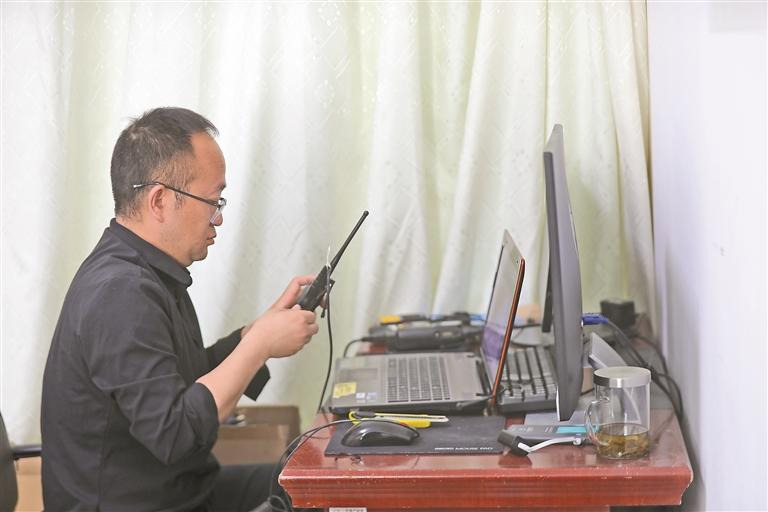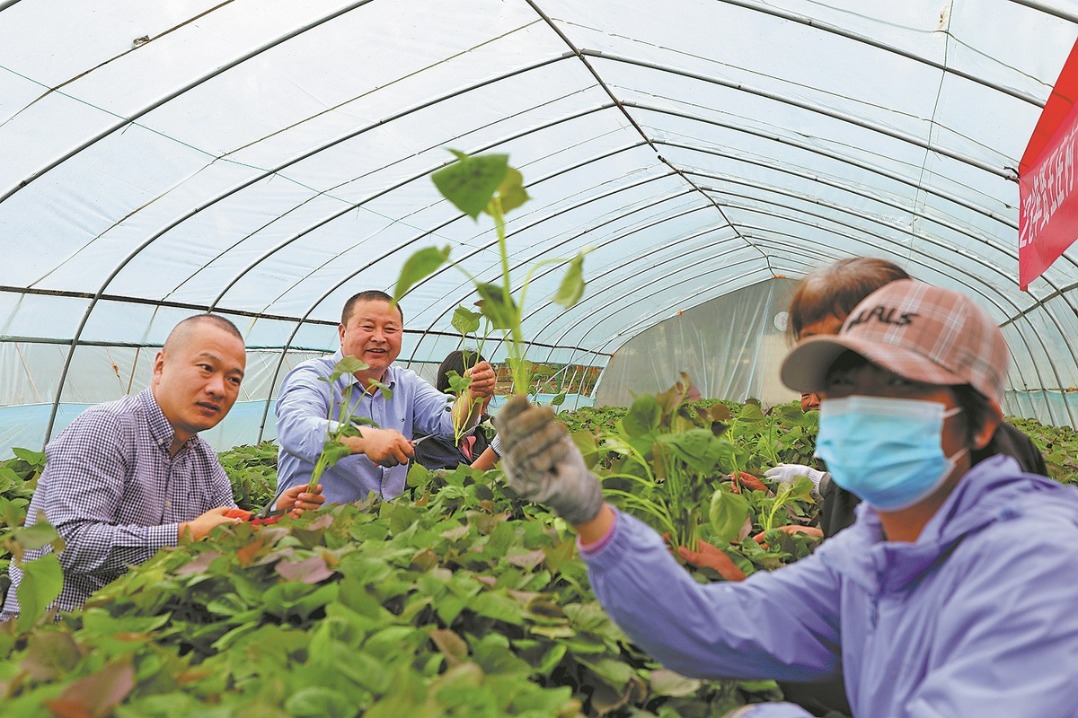Subsidies to counter birth decline
Government covers most costs as regions prepare for full policy rollout

China's newly launched subsidies for families with newborns mark the country's first large-scale, inclusive and direct cash initiative to improve livelihoods, senior officials said on Wednesday.
Approximately 90 billion yuan ($12.5 billion) will be allocated for the program this year.
Unveiled on Monday, the national program provides 3,600 yuan annually for each legitimate child under age 3, effective retroactively from Jan 1, 2025.
For couples who are welcoming newborns this year, that translates to up to 10,800 yuan per eligible child.
During a news conference held by the State Council Information Office, National Health Commission Vice-Minister Guo Yanhong said the policy delivers tangible benefits by easing child-rearing costs, ensuring universal eligibility and aligning with China's development level, fiscal capacity and policy sustainability.
The subsidies are expected to work in tandem with existing policies in child care, education, tax relief and housing to help foster a more pro-birth society, she said. They will also inject fresh momentum into healthy and sustainable economic development, she added.
Wang Haidong, director of the commission's Department of Population Surveillance and Family Development, said the country has shifted from a stage of net population growth to one of decline. Lower birth rates, an aging population and regional demographic disparities are becoming increasingly prominent, he said.
To respond to the changing demographic landscape, China is stepping up efforts to improve childbirth support policies, reduce childbearing and child-rearing costs, promote a birth-friendly environment, and maintain moderate fertility levels and population size, Wang said.
All provincial-level regions are expected to implement the subsidies by the end of August, he added. The effectiveness of fertility support measures — including cash assistance for families — will require long-term observation, continuous monitoring and comprehensive evaluation.
Guo Yang, director of the Department of Social Security at the Ministry of Finance, said the central government will cover 90 percent of the subsidy costs, with the remainder paid by local governments.
Regions with existing child subsidies that exceed national standards may continue offering higher payments, Guo Yanhong said.
Wang said including firstborn children in the program — a departure from earlier local policies that targeted only second or third children — is critical, as firstborns make up about half of all children in the country.
Supporting families from the start of child-rearing could help ease pressure and encourage them to have more children, he said.
Guo Yanhong noted that by the end of last year, China's maternal mortality ratio had declined to 14.3 per 100,000 live births, and the infant mortality rate fell to 4 per 1,000 live births — both record lows.
These achievements earned China a place among the World Health Organization's top 10 high performers in maternal and child health.
All provincial-level regions have extended maternity leave to at least 158 days, established about 15 days of paternity leave, and implemented parental leave ranging from five to 20 days, she said.
Beijing resident Wu Yanmei, a mother of a son born in June, welcomed the subsidy.
"The extra 10,000 yuan is a needed help," she said, noting the high cost of baby essentials such as the 2,400-yuan stroller she bought, the 1,000 yuan she spends each month on formula and the 900 yuan she spends monthly to buy diapers.




































